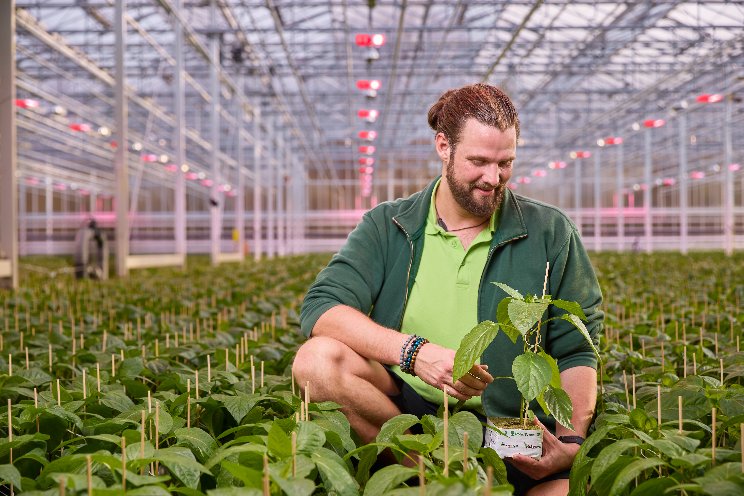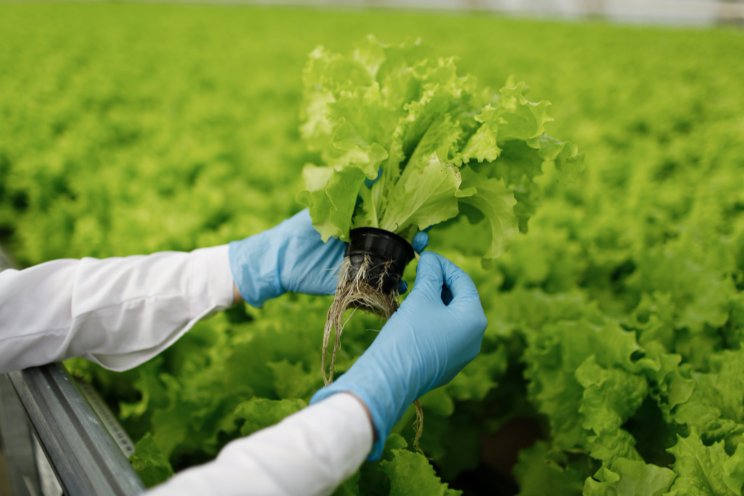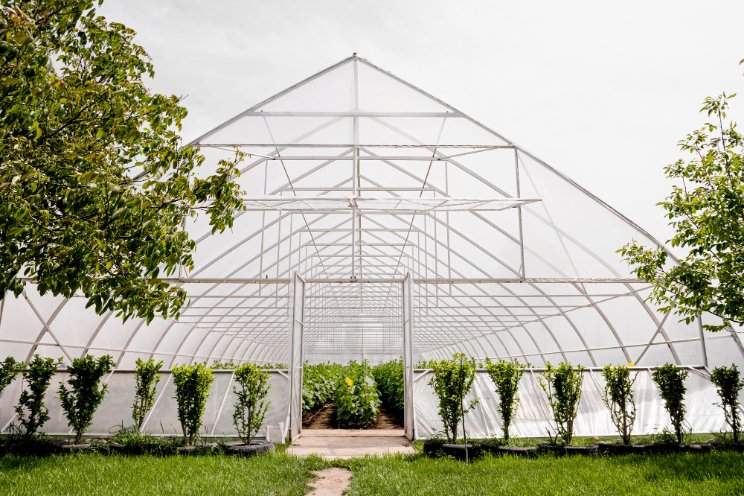Managing key nutrients in greenhouse tomato production
Added on 27 June 2023

At all times, the crop requires a complete nutrient solution. However, different proportions of potassium (K) and nitrogen (N) will determine if the crop grows vegetatively or forms flowers and fruit. In a recent e-GRO alert, Rosa Raudales of the University of Connecticut outlines how to adjust nitrogen and potassium throughout the production cycle.
The amount and form of nitrogen (N) provided to the crop from nutrient solutions is a tool that can be used to steer vegetative growth into a desired direction. As with all essential elements, insufficient or excessive amounts of total N will reduce yields.
To promote vegetative growth at any time, increase the nitrogen in the solution, especially the ammonium form. Typically keep ammonium at 10% of the total N or less. These levels can be higher but only for a very brief time to promote vegetative growth.
Image by wirestock on Freepik
More news















